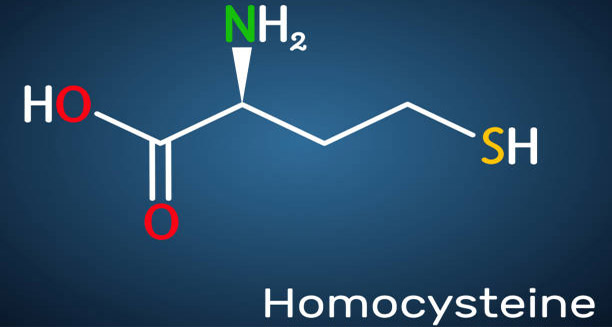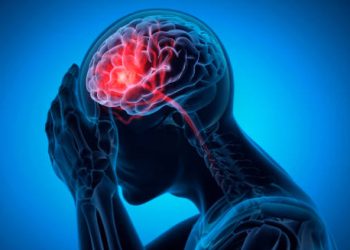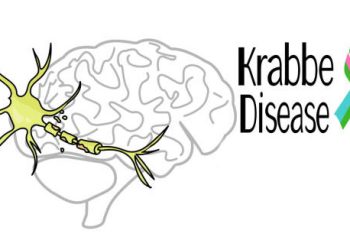The treatment of homocystinuria is a lifelong process aimed at lowering homocysteine levels, preventing complications, and improving quality of life. Because this disorder is genetic and affects methionine metabolism, treatment relies mainly on diet, supplements, and close monitoring. Each plan must be tailored to the individual, as patients respond differently to available therapies.
Identifying Vitamin B6 Responsiveness
The first step in treating homocystinuria is to check if the patient responds to vitamin B6 (pyridoxine). This vitamin helps the enzyme CBS, which is deficient in most patients. Doctors test responsiveness by giving high doses of B6 for several days and checking homocysteine levels. If the level drops, the patient is considered B6-responsive.
Managing B6-Responsive Patients
For those who respond, high-dose B6 becomes the main treatment. Daily doses can range from 100 mg to 500 mg, depending on response and tolerance. These patients often need fewer interventions, but most still require extra vitamins or diet adjustments. Long-term high doses of B6 require monitoring to avoid rare side effects like nerve damage.
Care for Non-Responsive Patients
Patients who do not respond to B6 need a stricter approach. They usually follow a low-methionine diet to reduce protein intake from meat, fish, eggs, dairy, and some grains. Special amino acid formulas replace these foods to supply essential nutrients without methionine. These medical formulas are critical for children to ensure proper growth and development.
The Role of Medical Foods
Methionine-free medical foods form a core part of treatment. They contain vitamins, minerals, and amino acids, excluding methionine. Following this diet strictly is vital, but it can be challenging, especially for teenagers and adults.
Additional Vitamin Support
Most patients take extra vitamins like folic acid and B12. These help convert homocysteine back to methionine through another pathway. Regular checks are needed to adjust doses for the best effect.
Betaine for Homocysteine Control
Betaine is another common treatment. It helps convert homocysteine to methionine and is very useful for non-B6-responsive patients. Betaine usually comes as a powder or capsule. It is generally safe but can cause mild stomach issues in some patients.
Importance of Regular Monitoring
Ongoing monitoring is essential. Doctors check blood levels of homocysteine, methionine, and amino acids often. The target is to keep homocysteine below 100 micromoles per litre. Higher levels raise the risk of blood clots, eye problems, and bone issues. Eye exams, bone scans, and neurological checks are also part of regular care.
A Multidisciplinary Care Approach
Successful treatment requires a team effort. This usually includes a metabolic specialist, dietitian, eye doctor, and sometimes neurologists or genetic counsellors. Working together ensures the patient gets full support in diet, supplements, and complication prevention.
Addressing Compliance Challenges
Staying on track with treatment can be hard, especially for teenagers and adults. The strict diet can feel isolating. Psychological support and education help patients and families stick to the plan.
Research and Future Therapies
New treatments are in development, such as gene therapy, enzyme replacement, and mRNA-based drugs. These are not yet standard, but early research looks promising for future care.
Global and Resource Challenges
In low-resource regions, treatment is more difficult. Special diets and expert care may not be available. Global health efforts aim to expand newborn screening and provide affordable treatment options worldwide.
The Value of Early Detection
Starting treatment early—ideally through newborn screening—offers the best outcomes. Early care prevents many complications and helps patients live a normal life span. Even when diagnosis is delayed, good metabolic control can improve health and quality of life.


